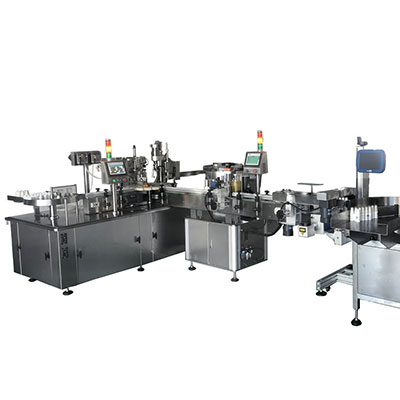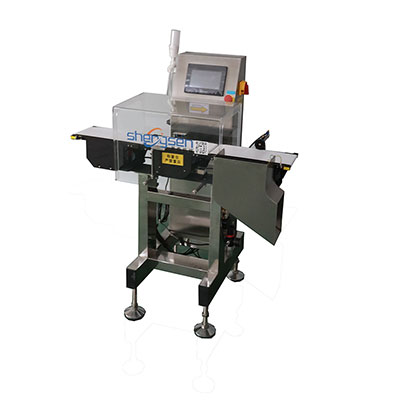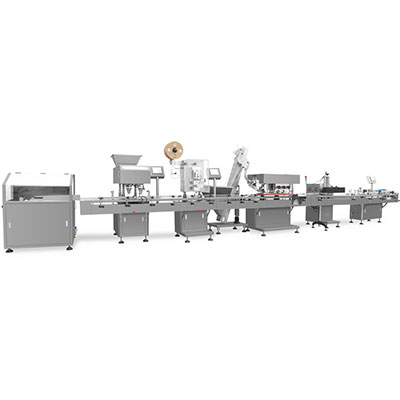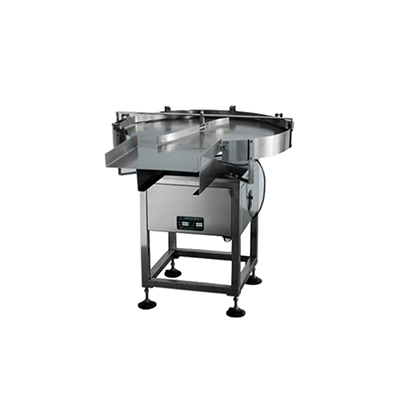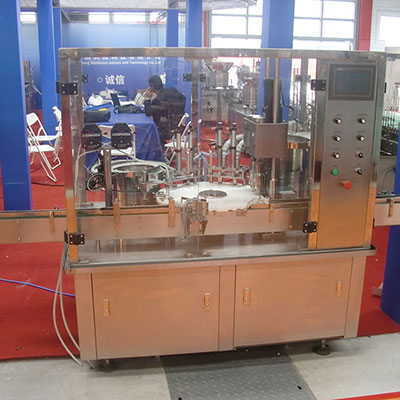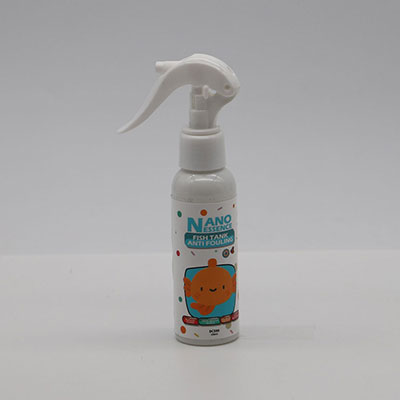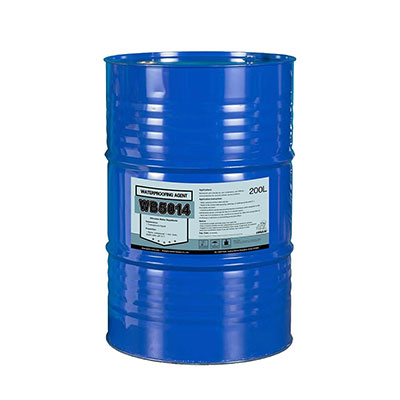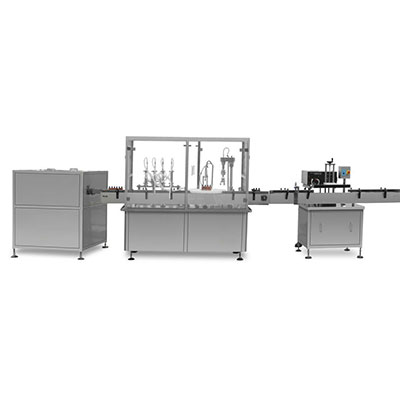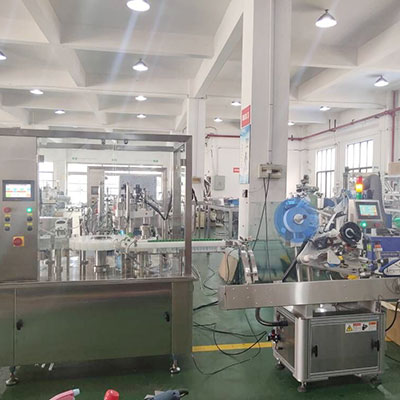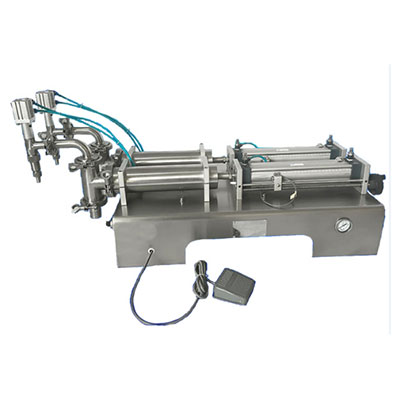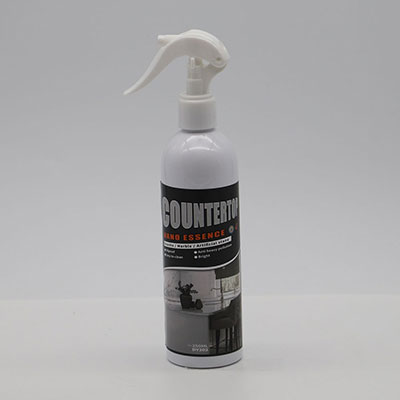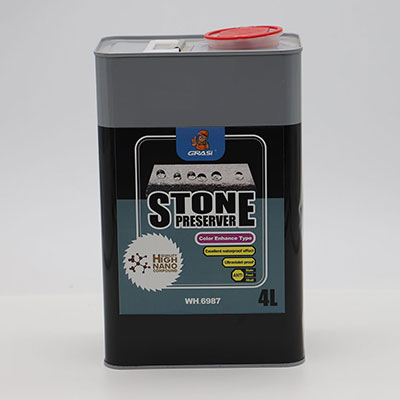Stevia project
Steeping
Place dry stevia leaves into the steeping tank of the stevia extraction equipment, add hot water 40-50°, let the materials stir in the stirrer for 2 hours, then release the liquid. The clean soaked liquid will flow into the lixivium receiving tank after passing through the filter screen at the bottom of steeping tank. Continue to add hot water for steeping, repeat this process three times, then discharge the dregs.
Flocculation
The lixivium will be injected into the flocculation tank from the lixivium storage tank by pump. Open the compressed air valve at the bottom of the flocculation tank, to let the liquid inside stir under the action of compressed air. Add flocculant and control PH value to enable the liquid to flocculate and layer. With flocculation operation, most of the useless impurities will be separated so as to realize the objective and effect of liquid clarification.
Flocculants are divided into two types, acidic and alkaline. The preparation of a flocculant is technical work, optimizing the flocculation effect by adjusting PH value is the key of this operation. The flocculant must be prepared in advance and the input quantity is very important.
Solid-liquid Separation
The liquid obtained from the flocculation process is called flocculated liquid. In this flocculated liquid, most impurities have congealed to solid substances, and we need to separate them from the stevia glycoside liquid. There are various types of solid-liquid separation equipment, but because the volume of the flocculated liquid is large, we should choose a high flux separation device for treatment, and a plate-and-frame filter press is suitable. Because of the large energy required to avoid excessive pressure, it is better to choose a box-type open delivery filter that can withhold solid substances when the liquid flows through the plate-and-frame. The clear filtrate will go directly into the filtrate receiving tank.
Resin Absorption
The clean filtrate will be injected into the macroporous resin absorption column by pump. The length-diameter ratio of the absorption column is 1:4. The diameter of the column can not be too small. Generally we choose Φ800-1000mm for small or medium sized production and Φ1000-1200mm for large sized production. If the diameter is too large, it will cause dead angles which is unfavorable for the regeneration of resin. After the clean filtrate enters the absorption column, the glycosides will be sucked into the resin directly and the waste substances and water will be discharged from the column. The type selection of the macroporous resin is the key to absorption. When the resin absorbs to a saturation state, we need to change another resin column for absorption, as for the saturated resin column, use pure water to wash it repeatedly and then use compressed air to dry it. Adding ethanol water for analysis, resin will expand when coming into contact with ethanol, the glycoside inside the resin will dissolve into the ethanol water. The main composition of the analytical solution is water ethanol glycoside. In the stevia production process, resin absorption is a very important link, it can remove almost all the impurities in the clean filtrate. The waste water discharge from absorption section is organic sewage, COD is around 3000, it needs to be treated before discharge.
After each time of analysis, we should drain the glycoside liquid and then use pure water to clean the resin so as to clean the dirt on the surface, inject 1% NaOH solution to wash, then use pure water to wash, and so forth for one week. Then the absorption resin will need a complete regeneration. The equipment installation height of the sin column needs to reach 7m, so we suggest that the height of the stevia production workshop should reach 7-8m.
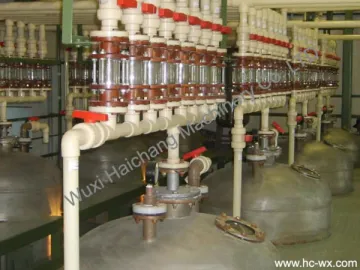
Active Carbon (ethanol phase) Decoloration
With active carbon, we can remove the smell and pigment of the analytical solution (water ethanol glycoside). Its operation method is to inject the analytical solution into the stirring tank by pump, add 1% active carbon. Then we separate the active carbon with a plate-and-frame filter press and get pure clean filtrate. Then we inject the filtrate into the desalination and decoloration column. In order to prevent active carbon from entering the resin column, we must install precision filters to keep the decolorized solution clean.
The plate-and-frame filter press of this operation needs precision treatment. Besides the filter cloth, we need to add large filter paper (medium speed) between frames, because active carbon is made up of small particles, we need to prevent it from permeating the filter cloth and breaking through the filter paper under pressure.
Desalination and Decoloration Resin Column
The composition of desalination and decoloration resin column: desalination- decoloration- decoloration. The process needs to be realized by three columns. The type selection of resin is very important as well, the function of the resin directly affects the quality of the finished stevia products.
The clean filtrate obtained with ethanol phase decoloration enters the desalination column, because it’s a linkage of three columns, the pressure must be higher than 0.3Mpa. The flow speed should be controlled with a flowmeter, it can’t be too high. And we need to observe through the sight glass on top of the column to check its color and adjust speed. Generally the color of the liquid entering the desalination column is light green, the color becomes lighter when it arrives at the first decoloration column, and when the liquid comes out from the second decoloration column, it should be colorless and transparent. If this kind of color change cannot be achieved, then it indicates that the decoloration speed should be slowed down.
When one batch of material has completely entered the desalination column, pure water should follow, and the follow-up amount equals the volume of two of the columns. Then compressed air should follow up to squeeze out all the liquid inside this column set. Generally, the desalination and decoloration column needs regeneration after one week of use, so these columns must be equipped with two sets, one set for use and one set for standby. The decolorized solution obtained from the desalination and decoloration column enters the decolorized solution receiving tank.
Nanofiltration Membrane Dealcoholization
Inject the decolorized solution into the nanofiltration membrane by pump for dealcoholization, the nanofiltration membrane can completely separate the stevioside from ethanol. Behind the nanofiltration membrane dealcoholization unit, we should equip two storage tanks, one for ethanol and one for glycoside. The advantages of nanofiltration membrane dealcoholization is zero loss, the obtained dilute ethanol can go to the ethanol recovery tower for normal pressure recovery. Glycosides can get preliminary concentration to 10%, which can reduce the pressure of evaporation and concentration.
Evaporation and Concentration
There are different kinds of evaporation and concentration methods, but in the stevia production process, the most suitable and effective concentration method is to adopt an external circulation film evaporator. This evaporator enables the liquid to gasify and evaporate rapidly, the liquid is in in a vacuum. Low temperature evaporation can protect stevioside and won’t cause carbonization phenomena. The concentrated solution can evaporate repeatedly inside the circulating pipe, thus the concentration can be completely controlled. This evaporator is energy saving and environmentally friendly. It is also easy to use and maintain.
Spray Drying
Before entering the spray drying section, the concentration of the stevia concentrated solution must reach 45%, which means the solid substance content in the liquid should reach 45%, this concentrated liquid has already become syrup which has viscosity. So we must have a stirring tank with an attemperator to stir constantly to avoid wall sticking. Inject the syrup into the spray drying tower by diaphragm pump. The spray dryer will turn the syrup into a powdered white product. The powder can then be sieved with a multi-layer automatic vibrating screen before packaging.
Links:https://www.globefindpro.com/products/54495.html
-
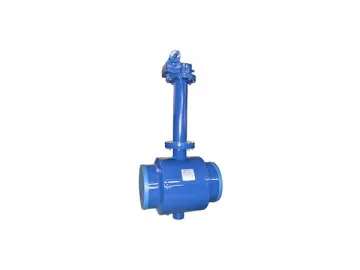 Extended Stem Trunnion Ball Valve DN350-DN1400
Extended Stem Trunnion Ball Valve DN350-DN1400
-
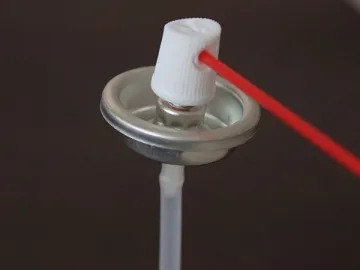 Aerosol Valve for Carburetor Cleaner
Aerosol Valve for Carburetor Cleaner
-
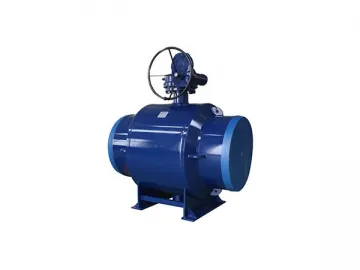 Trunnion Ball Valve DN350-DN1400
Trunnion Ball Valve DN350-DN1400
-
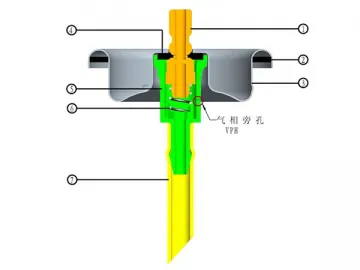 Aerosol Valve for Mould Release Spray
Aerosol Valve for Mould Release Spray
-
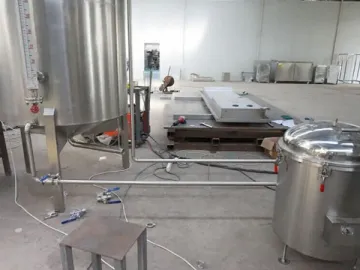 Vacuum Oil Filter
Vacuum Oil Filter
-
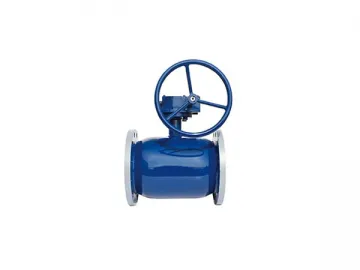 Flanged Floating Ball Valve DN150-DN350
Flanged Floating Ball Valve DN150-DN350
-
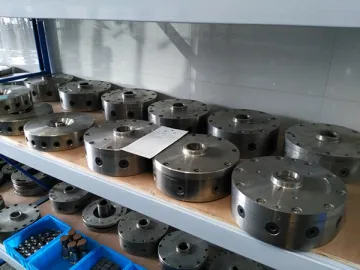 Rotary Atomizer
Rotary Atomizer
-
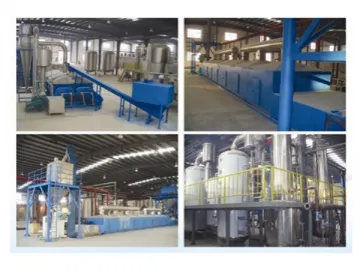 Organic Compound Fertilizer Production Line
Organic Compound Fertilizer Production Line
-
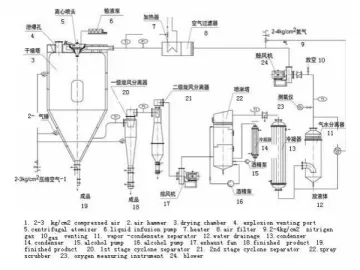 Closed Cycle Spray Dryer
Closed Cycle Spray Dryer
-
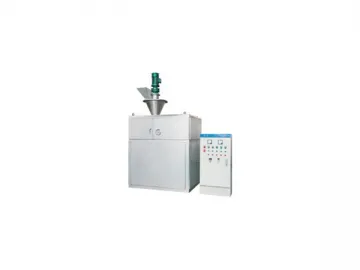 Roller Compactor / Dry Granulator
Roller Compactor / Dry Granulator
-
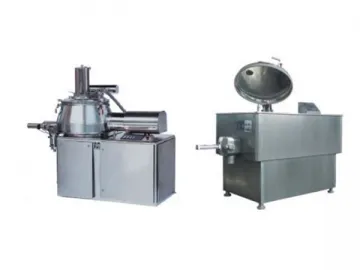 High-Speed Damp Mixing Granulator
High-Speed Damp Mixing Granulator
-
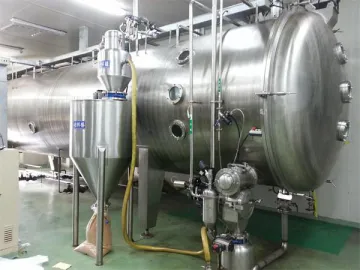 Continuous Vacuum Belt Dryer (for Liquid)
Continuous Vacuum Belt Dryer (for Liquid)
